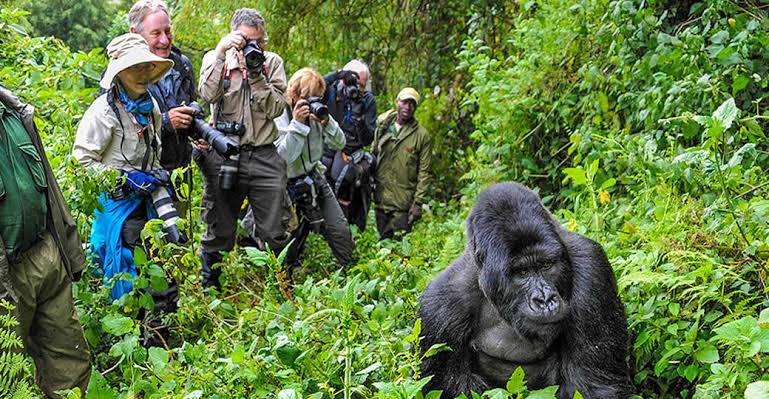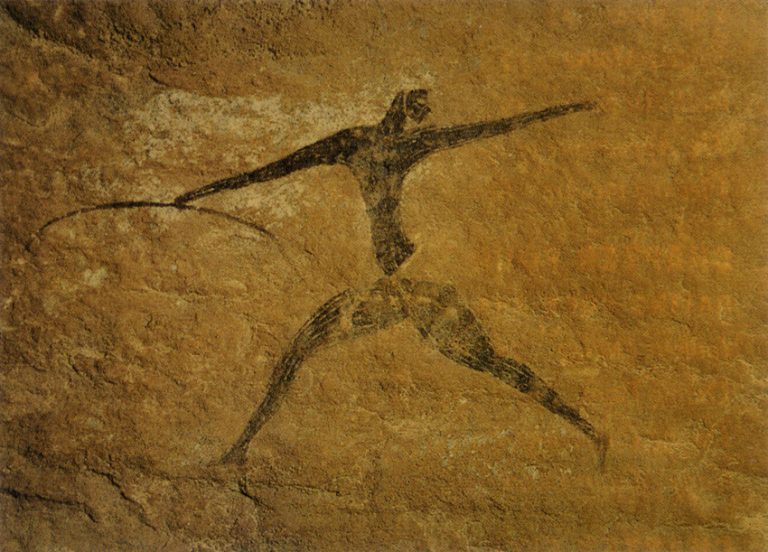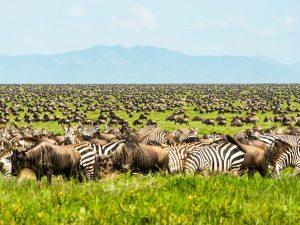
Gorilla trekking in Uganda and Rwanda is one of the most awe-inspiring wildlife experiences, offering close encounters with endangered mountain gorillas in their natural habitat. As two of only three countries where mountain gorillas can be observed, Uganda and Rwanda provide protected environments for these incredible creatures. For travelers, gorilla trekking isn’t just an adventure; it’s an opportunity to witness conservation efforts in action and gain insights into gorilla behavior.
Why Choose Gorilla Trekking in Uganda and Rwanda?
Both Uganda and Rwanda are renowned for offering some of the best gorilla trekking experiences in Africa. While each country offers a unique experience, the quality of conservation and the chance to see mountain gorillas up close remain consistently excellent. Uganda is known for its larger gorilla population, with Bwindi Impenetrable National Park hosting more than half of the world’s remaining mountain gorillas. Rwanda, on the other hand, has made significant strides in eco-tourism and is celebrated for its organized, accessible treks in Volcanoes National Park.
- Uganda: Home to the renowned Bwindi Impenetrable National Park and Mgahinga Gorilla National Park.
- Rwanda: Volcanoes National Park is an iconic destination known for its stunning landscape and easier accessibility.
Understanding Gorilla Trekking Permits and Costs
Gorilla trekking permits are essential, as they help limit the number of daily visitors, ensuring minimal impact on gorilla habitats. Permit costs differ between Uganda and Rwanda:
- Uganda: Approximately $700 per permit, with discounts for off-season travel.
- Rwanda: Around $1,500 per permit, reflecting Rwanda’s emphasis on high-end tourism.
For both countries, permits are limited and should be booked in advance. Revenue from these permits supports conservation efforts and local communities, creating a sustainable model that protects gorillas and their habitats.
What to Expect on a Gorilla Trek
Trekking to see gorillas requires both physical and mental readiness. Treks can range from 2 to 8 hours depending on gorilla location and group assignment, with groups limited to eight people. Expert guides and trackers accompany trekkers, ensuring safety and providing knowledge on gorilla behavior, forest ecology, and conservation efforts.
Rules for Gorilla Trekking
To protect both gorillas and visitors, strict guidelines are enforced:
- Maintain a 7-meter distance from gorillas to avoid disease transmission.
- Avoid flash photography, as it can disturb the gorillas.
- Limit interactions to one hour to minimize stress on the gorillas.
The Best Times for Gorilla Trekking
While gorilla trekking is available year-round, the best time to visit is during the dry seasons: June to September and December to February. These months provide better trekking conditions, with clearer trails and less dense vegetation, making it easier to observe the gorillas.
However, Uganda’s Bwindi Impenetrable National Park is known for its unpredictable weather, and even the dry season can see rainfall. Therefore, trekkers should prepare accordingly and pack weather-appropriate gear.
Supporting Conservation and Community Initiatives
By participating in gorilla trekking, visitors contribute directly to conservation efforts and the economic well-being of local communities. Revenue generated from gorilla tourism funds various projects, including anti-poaching initiatives and habitat preservation.
Additionally, organizations like the Dian Fossey Gorilla Fund work tirelessly to support gorilla conservation. In Uganda, communities around Bwindi National Park benefit from the International Gorilla Conservation Programme, which ensures sustainable practices.
Preparing for Your Gorilla Trekking Adventure
Gorilla trekking requires both physical endurance and appropriate preparation. Here are some essentials to consider for a comfortable experience:
- Clothing: Wear long-sleeved shirts, sturdy hiking boots, and gloves to protect against dense vegetation.
- Equipment: Bring binoculars, a rain jacket, and plenty of water.
- Health: Ensure vaccinations are up to date and check health requirements for each country.
Embrace a Transformative Wildlife Encounter
Gorilla trekking in Uganda and Rwanda offers a unique chance to observe these majestic creatures while supporting conservation and local communities. For those seeking an unforgettable experience that combines adventure, education, and positive environmental impact, gorilla trekking in Africa is truly unmatched.
Discover more from Amebo Media
Subscribe now to keep reading and get access to the full archive.




